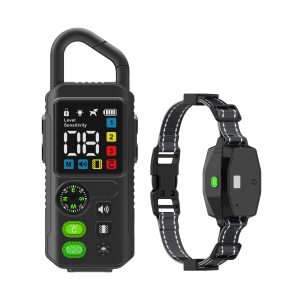How Does a Bark Control Collar Work?
Bark control collars are a popular tool used by pet owners to address excessive barking behavior in dogs. But have you ever wondered how these devices actually work? Let’s delve into the science behind bark control collars.
Most bark control collars operate using one of three main methods: sound, vibration, or static stimulation. Sound-based collars emit a high-pitched tone when triggered by barking, while vibration collars produce a gentle vibration around the dog’s neck. Static stimulation collars deliver a mild electric shock as a deterrent.
Each type of bark control collar is designed to interrupt the barking behavior and discourage further vocalization. Sound-based collars capitalize on a dog’s sensitivity to high-frequency sounds, while vibration collars use a physical sensation to redirect attention. Static stimulation collars, although controversial, aim to create an aversion to barking through mild discomfort.
When a dog wearing a bark control collar barks excessively, the device is triggered to deliver the selected deterrent. Over time, the dog associates the unwanted behavior with the undesirable consequence, leading to a reduction in barking frequency. It’s essential to use bark control collars responsibly and in conjunction with positive reinforcement training methods to ensure the well-being of your pet.
In conclusion, bark control collars are a valuable tool for addressing excessive barking in dogs. By understanding the underlying mechanisms of these devices, pet owners can make informed decisions about their use in training and behavior modification. Remember, every dog is different, so it’s crucial to tailor your training approach to suit your furry friend’s needs.




